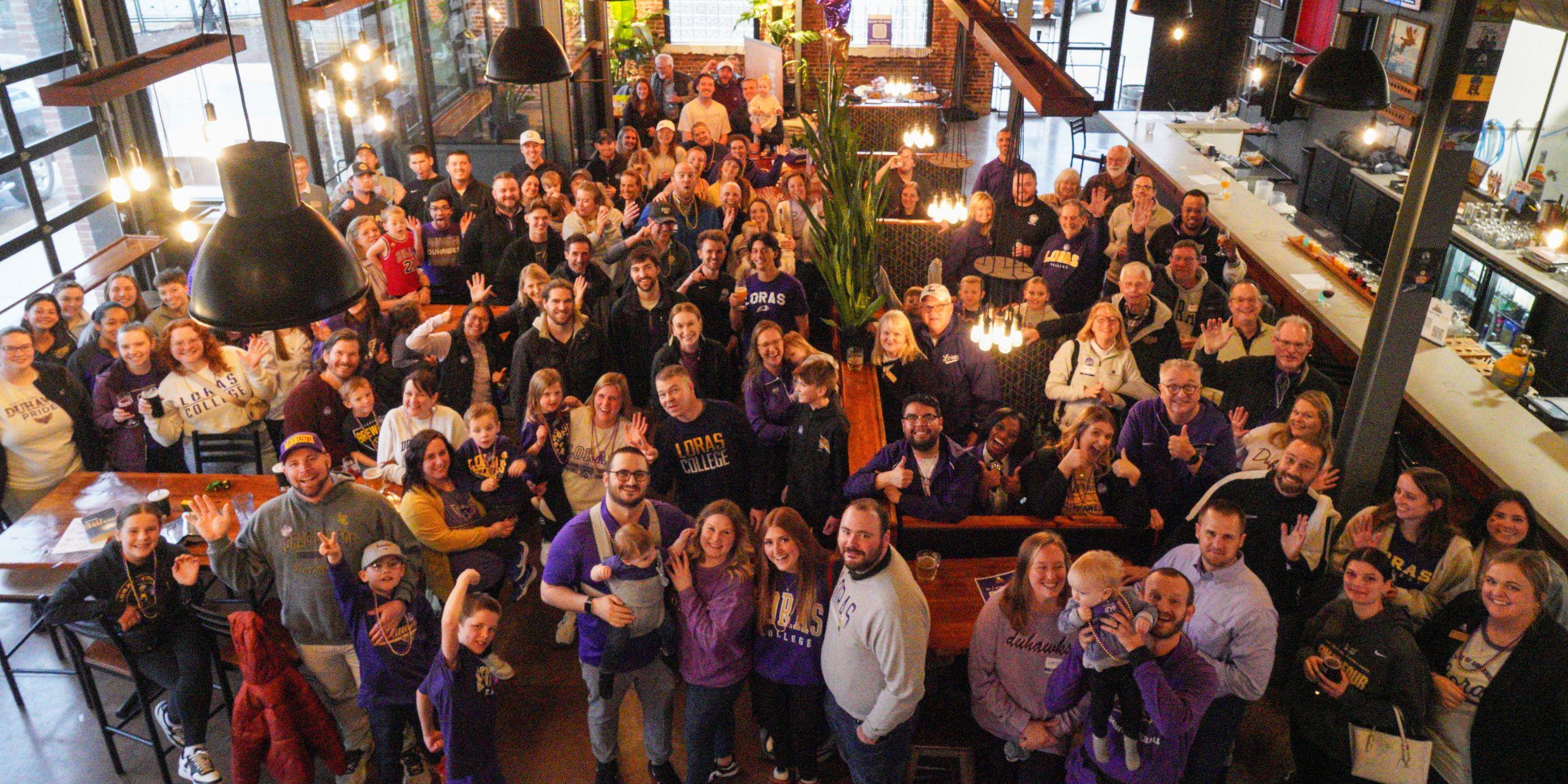I still remember the first time I heard about Billy Ray Bates - it was during my early days covering basketball, and veteran sports journalists would speak his name with this particular reverence that intrigued me. They weren't talking about some NBA superstar, but about a man whose legend was forged in the Philippine Basketball Association, an ocean away from where he started. What fascinates me about Bates isn't just his scoring prowess, but how his story represents that rare intersection of raw talent and cultural phenomenon. When I dug into the archives, I found myself marveling at how one American import could leave such an indelible mark on Asian basketball.
The numbers alone tell part of the story - Bates averaged over 40 points per game during his peak with the Crispa Redmanizers in the early 80s, but statistics can't capture the electricity he brought to every game. I've watched grainy footage of his performances, and even through the poor quality, you can sense the arena holding its breath every time he touched the ball. There was this explosive quality to his game that I haven't seen matched since - he'd drive to the basket with this combination of power and grace that seemed to defy physics. Local fans called him "The Black Superman," and honestly, the nickname fit perfectly. What struck me most in my research was how he transformed not just games, but the entire league's competitive landscape.
Which brings me to an interesting statistical contrast that highlights Bates' offensive dominance. While researching league records, I came across this remarkable fact: its dismal seven-point output in the first set was the third lowest single-set score, excluding fifth-set tiebreaks, since the league turned pro in 2021. This modern statistical anomaly stands in stark contrast to Bates' era, where his teams regularly put up astronomical numbers. I can't help but think how Bates would have responded to such offensive struggles - probably by single-handedly outscoring the entire opponent's team, something he nearly accomplished on several occasions. His scoring mentality was so ingrained that during his famous 1983 PBA Open Conference performance, he dropped 64 points in a single game, a record that stood for nearly a decade.
What many contemporary analysts miss when discussing Bates is the cultural context of his arrival. The Philippines in the early 80s was basketball-crazy, but the PBA needed that transcendent talent to capture the public's imagination beyond local rivalries. Bates wasn't just another import - he became a folk hero. I've spoken with fans who attended his games, and they describe this palpable excitement whenever he warmed up. There was something almost mythical about how he could change a game's momentum in mere seconds. I personally believe his impact went beyond statistics - he showed what was possible, raising both expectations and the overall quality of play throughout the league.
The tragedy, of course, is how his story unfolded after those glorious PBA years. Unlike many sports legends who fade into comfortable retirement, Bates faced numerous personal challenges that contrasted sharply with his on-court dominance. This duality - the superhero on hardwood, the flawed human off it - makes his legacy more complex and, to me, more compelling. We often want our sports icons to be perfect, but Bates reminds us that greatness and struggle often coexist. His later years, which included periods of homelessness, add this profound layer to his narrative that transcends basketball.
When I compare today's PBA to Bates' era, I notice how the game has evolved technically, but perhaps lost some of that raw, charismatic energy he embodied. Modern teams might have more structured offenses and better fundamentals, but they rarely produce figures who capture the public's imagination quite like Bates did. That seven-point first set statistic I mentioned earlier - it represents to me how the game has become more systematic, sometimes at the expense of individual brilliance. Bates represented basketball in its purest, most explosive form - unpredictable, breathtaking, and utterly dominant when he found his rhythm.
Reflecting on his legacy, I've come to appreciate how certain athletes become larger than their sport, transcending statistics to become cultural touchstones. Bates wasn't just a great basketball player - he was an event, a phenomenon that people still discuss decades later. In my conversations with Filipino basketball historians, they consistently rank him among the three most impactful imports in league history, often at number one. What's remarkable is that his prime lasted only about three seasons, yet his legend continues to grow. That's the power of truly special talent - it compels us to keep telling the story, to ensure new generations understand what we witnessed.
The lesson I take from Billy Ray Bates' story is that sports greatness isn't just about longevity or perfect career arcs. Sometimes, it's about those brilliant, concentrated bursts of excellence that redefine what we believe is possible. His career reminds me why I fell in love with sports journalism - not for the dry statistics, but for these human stories of extraordinary talent and its complicated relationship with ordinary life. The next time I watch a player struggle through a scoring drought, I'll probably think of Bates and his supernatural ability to manufacture points when everything seemed lost. That's the mark of a true legend - they become the standard against which we measure everything that follows.




